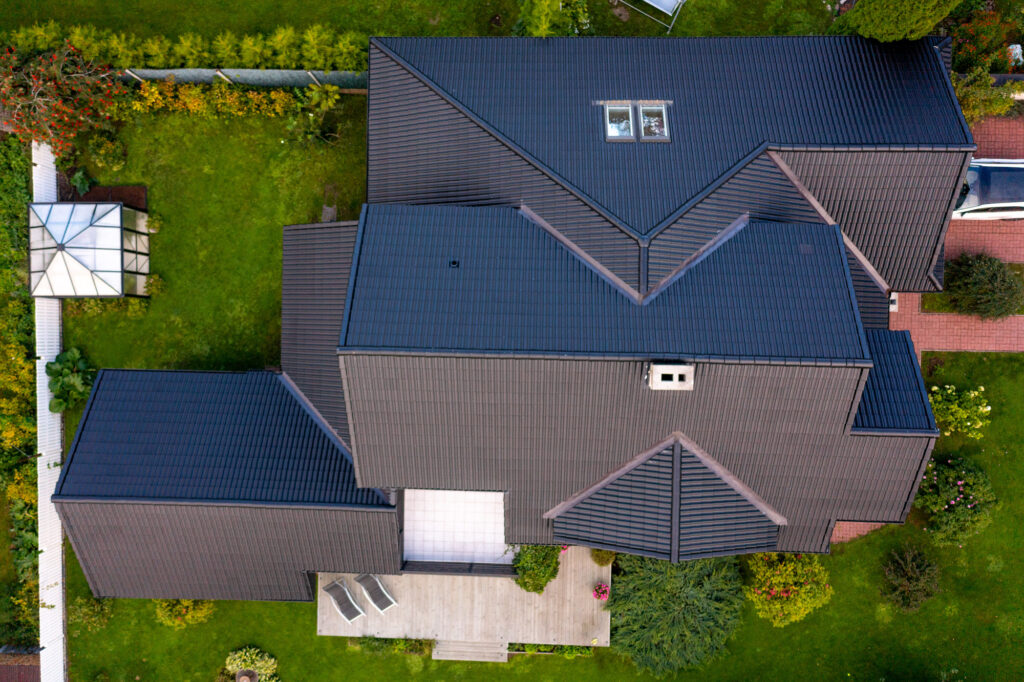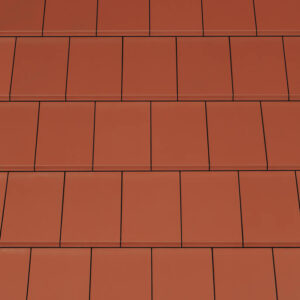Reliable wholesaler of construction materials | Telefon: +372 518 0889 | E-mail: info@bestor.eu
Reliable wholesaler of construction materials | Telefon: +372 518 0889 | E-mail: info@bestor.eu

Stone roofing, a staple of architectural beauty and resilience, has crowned buildings for centuries. Not only does it evoke a sense of timeless charm, but it also offers unmatched durability. This roofing choice graces historical structures and modern homes alike, proving its worth across continents and cultures.
Historical Background
The tradition of stone roofing extends back several thousand years in Europe and Asia, with about seven hundred years of history in Estonia alone. This type of roofing is synonymous with Europe’s historic buildings, castles, and churches, where it has stood the test of time against the elements.
Material Innovations and Choices
Originally, stone roofs were predominantly made from naturally occurring materials like slate and clay. Today, technological advancements have introduced materials such as concrete and fiber cement, offering modern solutions without sacrificing the aesthetic value stone roofs are known for. Each material brings distinct advantages:
The Evolution of Stone Roofing
As the building materials market continues to evolve, stone roofing has adapted through advancements in production techniques and materials science. These innovations have allowed for improved durability, easier installation, and maintenance, making stone roofing a competitive option in contemporary architecture.
Installation Techniques
Installing a stone roof requires precision and expertise. The process typically involves several key steps:
Benefits of Stone Roofing
Stone roofs are lauded for several benefits:
Maintenance and Care
Proper maintenance is key to extending the life of a stone roof. Regular tasks should include:
Global Applications and Case Studies
Stone roofing is not limited to any specific region or building type. From the snowy caps of Alpine homes to the sunny roofs of Mediterranean villas, stone roofing is versatile and adaptable. Notable examples include historical renovations where maintaining architectural integrity is crucial, as well as new builds seeking durable and attractive roofing solutions.
Conclusion
Stone roofing represents a fusion of historical tradition and modern technology, offering a roofing solution that is as durable as it is beautiful. As architectural needs evolve and environmental considerations become increasingly important, stone roofing stands out as a sustainable choice that can meet the aesthetic and functional demands of both traditional and contemporary buildings. Its continued popularity underscores its effectiveness and enduring appeal in the global construction industry.

